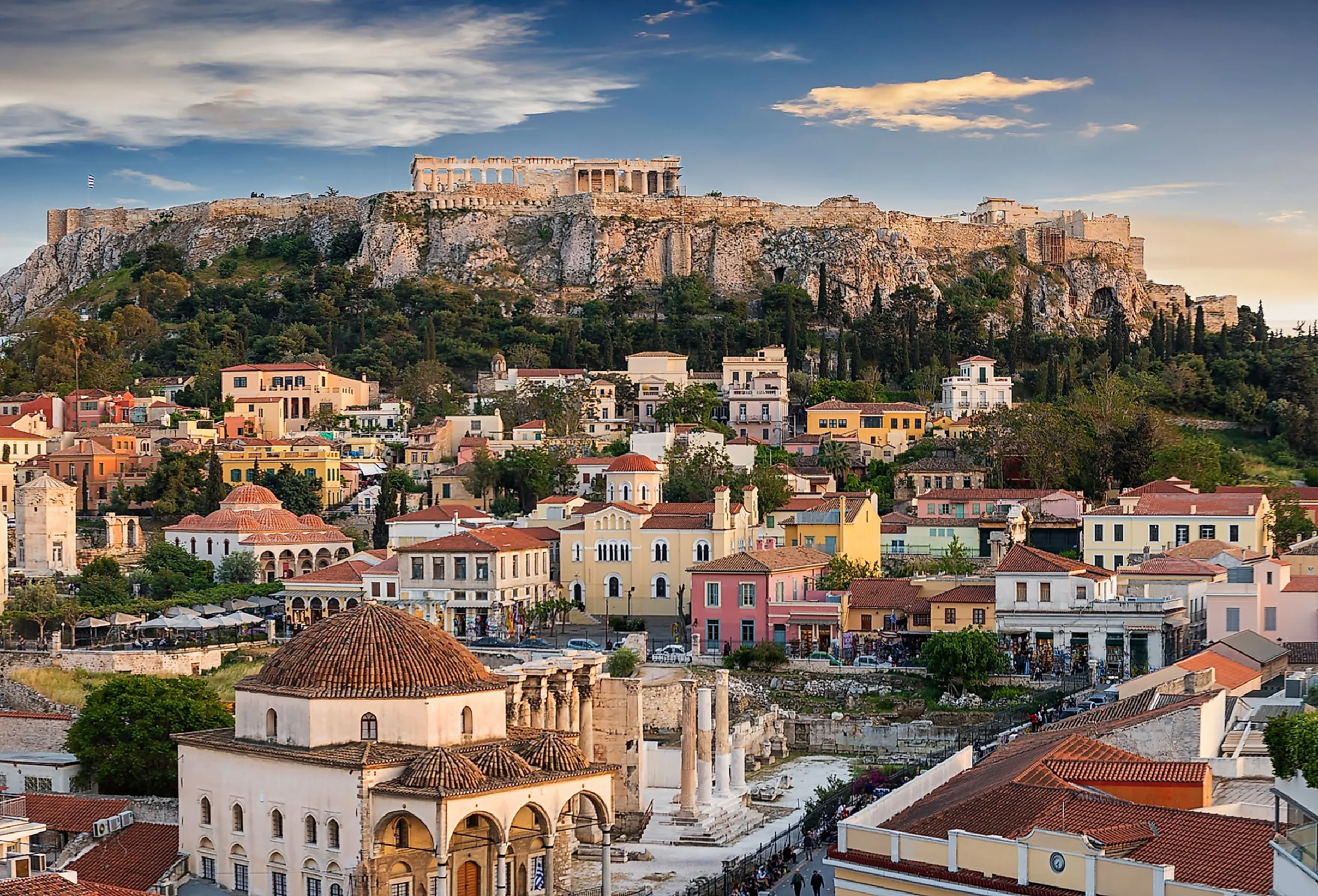
The Famous Cities of Ancient Greece
Ancient Greek cities were some of the most important centers of culture and learning in the ancient world. Some of these cities, like Athens and Sparta, are still remembered today as shining examples of what human ingenuity is capable of. Famous for their rich cultures and fascinating histories, each of these cities also has many distinctive features that set them apart.
Athens

Athens (Athênai- Ἀθῆναι) was one of the most famous cities in ancient Greece, and it is home to many important landmarks that are still standing today. The origin of Athens dates back to the Neolithic Period, but the construction of the Acropolis did not happen until the Bronze Age. Over time, this small settlement grew into a city that became one of the most influential places in all of Greece.
The early inhabitants were farmers, who lived off the land and produced enough food to support themselves and their families. They were also skilled craftsmen, who built tools and weapons from copper and bronze. As more people settled in Athens, they began trading with other nearby regions for essential goods like wood and stone.
Athens continued to grow and flourish for centuries, becoming an important center of learning and culture. In the sixth century BCE, Athens became the first democracy in the world, thanks to Athenian leader Cleisthenes. This democratic government allowed all of its citizens to have a say, and it laid the foundation for modern-day democracies around the globe.
Today, Athens is still one of the most popular tourist destinations in Greece, with visitors coming from all over the world to see its ancient ruins and famous landmarks.
Sparta
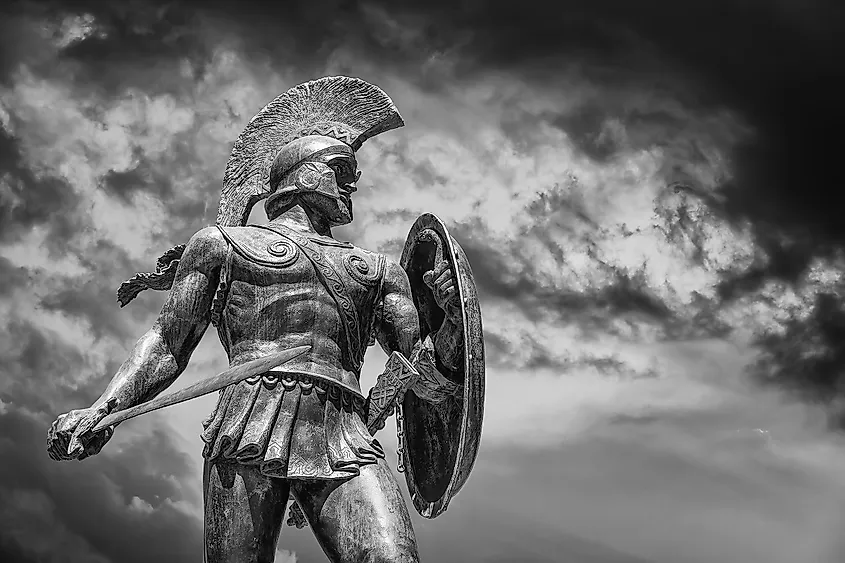
Sparta (Spártē-Σπάρτη) was the second most famous and powerful city in ancient Greece. Located on the Peloponnese peninsula, Sparta was well known for its military prowess and strict social structure. Feared throughout Greece as some of the best and most skilled fighters around, the Spartan soldiers wore distinctive red cloaks. This is perhaps best portrayed in the 2006 movie 300. Although a work of fiction, it tells the story of 300 brave spartan soldiers in the Battle of Thermopylae against the invading Persian army of more than 300,000 soldiers.
The Spartans, driven by their desire to protect their land from invaders and conquerors, developed a unique social system with very rigid rules and regulations. At the center of this society was the army, which had absolute control over all aspects of life in Sparta. Men trained to fight from a very young age, and women stayed at home and tended to the needs of their families.
Sparta was also known for its strong sense of community, patriotism, and matriarchal structure. Women in Sparta had more rights and autonomy than their Greek counterparts. They could own land, inherit property, and were better educated.
Even though Sparta dominated on the battlefield, it also had a long history of rivalry with other major Greek cities such as Athens and Corinth. This led to two disastrous conflicts—known as the Peloponnesian and Corinthian Wars—which severely weakened both Sparta's power and influence. Despite being in continual conflict with its neighbors, Sparta remained one of the most impressive and prosperous city-states in ancient Greece.
Corinth
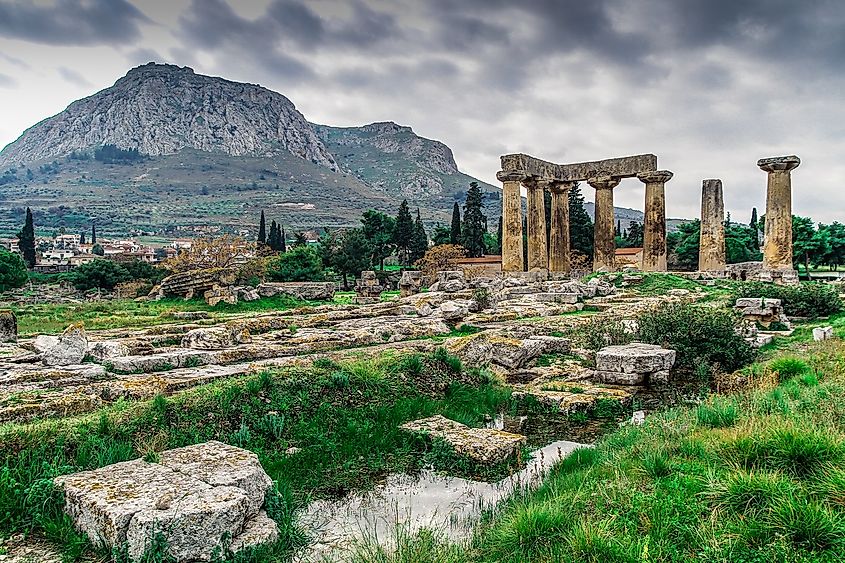
The origin of Corinth (Korinthos- Κόρινθος) in ancient Greece dates back thousands of years. Founded between 5000 and 3000 BCE, this vibrant community was home to the invention of a number of innovative artistic styles and techniques, including black-figure pottery painting. This style involves depicting human and animal forms in stark black silhouettes on a cream or red background.
Today, Corinth remains an important city in modern Greece. Despite its long and rich history, it continues to be a thriving hub of art and culture. It attracts people from around the world, fascinating them with its captivating past.
Thebes
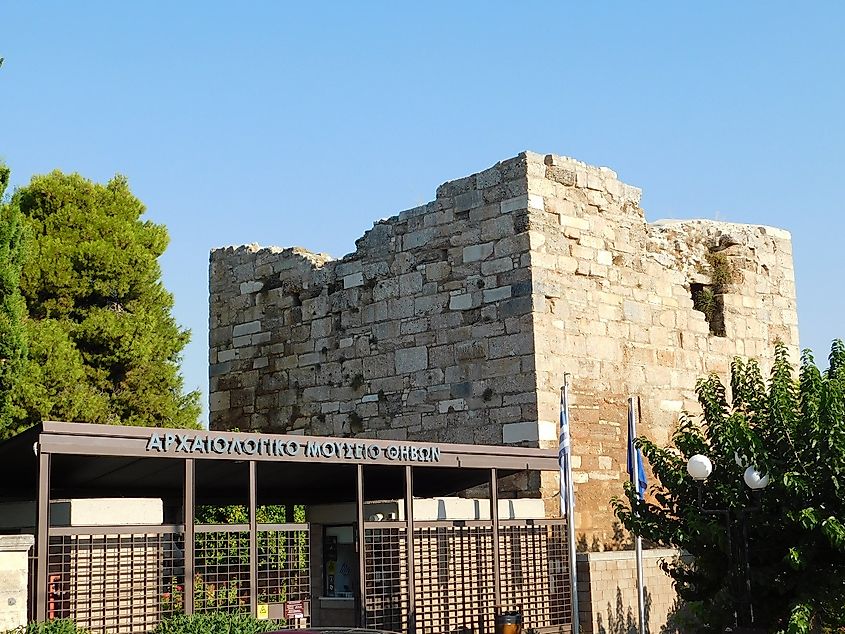
Thebes (Thêbai -Θῆβαι) is one of the oldest cities in all of Greece, known for being the site of many Greek tragedies. Located in central Greece, this town has been continuously inhabited for over 5,000 years and played a major role in many of the historical events that shaped the country.
During the middle to late Bronze Age, Thebes was an important Mycenaean center. Then during the Classical period, it became one of the most powerful city-states in ancient Greece. The city took part in two key wars—the Persian Wars and the Peloponnesian War—and had a pivotal role in each conflict, proving itself to be a true reckoning force on the world stage.
Miletus
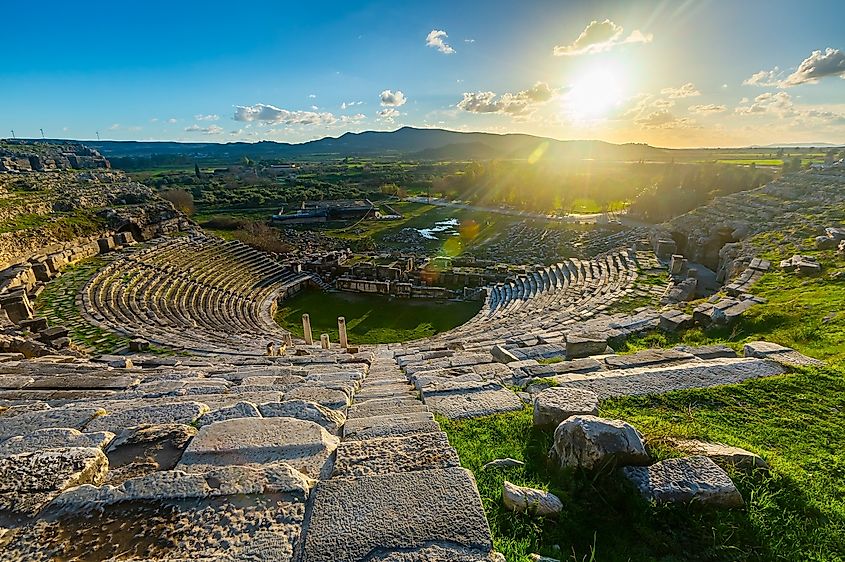
Miletus (Mīlētos- Μῑ́λητος) was one of the most important cities in ancient Greece with its origins tracing back to before 500 BCE. According to archaeological evidence, early settlers began populating Miletus because of the fertile plains that surrounded the city. As the population grew and trade developed, Miletus became an important center of commerce and culture, attracting people from all over the region with its bustling markets and lively political debates.
In Summary
While there are many other ancient Greek cities worth exploring, the ones highlighted here are some of the most famous and well-known. Regardless of which city you think was the most impressive, everyone owes a debt of gratitude to these incredible ancient Greeks for their contributions to culture and learning.











